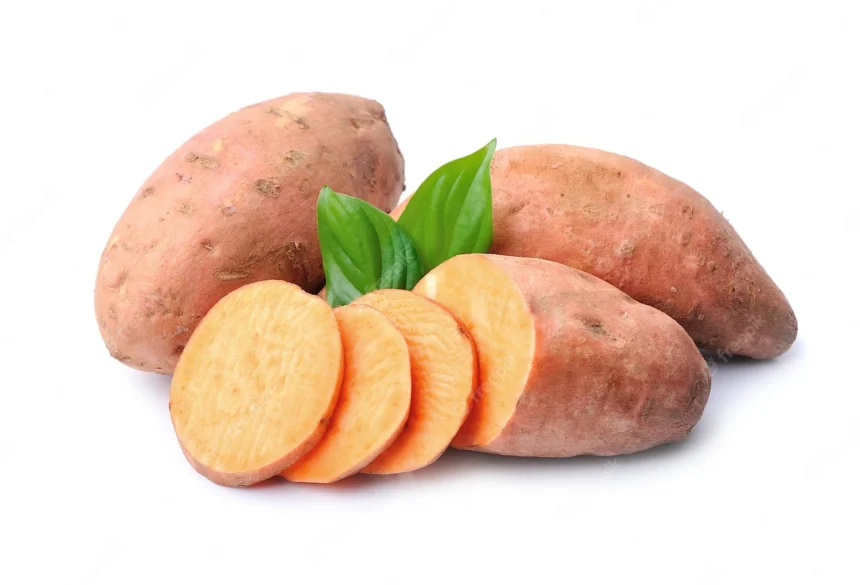Rhizoctonia root and stem rot is a fungal disease that can affect sweet potatoes. It is caused by the fungus Rhizoctonia solani. Here are some symptoms to look out for:
- Stunted growth: Infected sweet potato plants may exhibit stunted growth. The plants may be smaller in size compared to healthy plants.
- Wilting: Affected plants may show wilting symptoms, where the leaves and stems droop or appear limp. This wilting may occur even when the soil moisture levels are adequate.
- Yellowing of leaves: The leaves of infected plants may turn yellow or develop chlorotic areas. This yellowing may start at the tips or edges of the leaves and spread throughout the plant.
- Stem and root discoloration: The stems and roots of infected sweet potato plants may develop dark brown to black lesions or sunken areas. These lesions may extend upward from the roots and affect the lower stem portions.
- Rotting of roots: Rhizoctonia root and stem rot can cause the roots of sweet potato plants to rot. The rotting roots may appear water-soaked, soft, and discolored. In severe cases, the roots may completely decay, leading to plant death.
- Reduced tuber production: Infected plants often produce fewer tubers compared to healthy plants. The tubers may be smaller in size and exhibit poor quality, including browning or rotting.
It’s important to note that the symptoms of Rhizoctonia root and stem rot can resemble other diseases or environmental stress factors. Therefore, proper diagnosis by a plant pathologist or agricultural extension service is recommended for accurate identification and appropriate management strategies.
Join 'Farmers Mag' WhatsApp Channel
Get the latest Farming news and tips delivered straight to your WhatsApp
CLICK HERE TO JOIN






